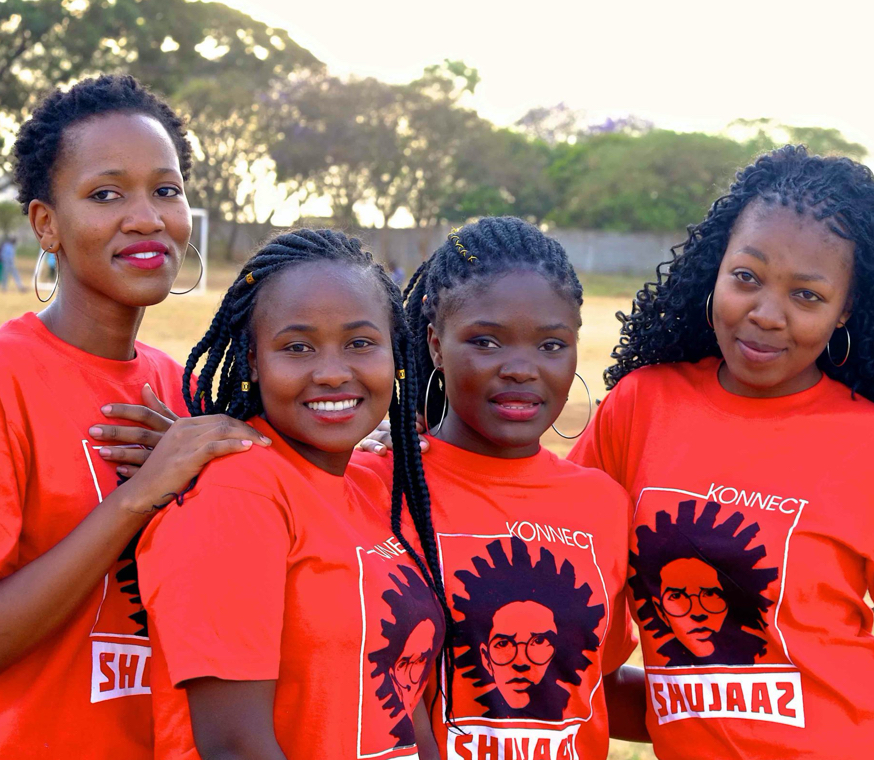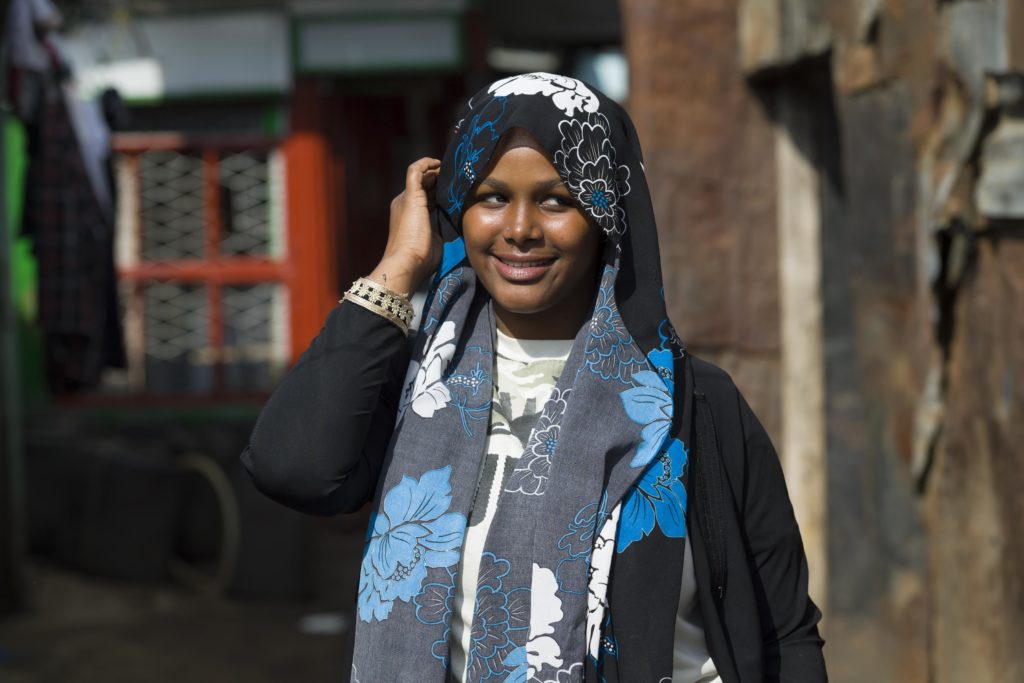UNDERSTANDING YOUNG PEOPLE’S ATTITUDES TOWARDS WILDLIFE AND CONSERVATION
- Our Research
- 14 Mar 2018
This research sought to understand the diversity of young people’s perspectives towards wildlife and conservation, particularly the forces of support and opposition they experience. The aim of this project is to provide a foundation for creative strategies to motivate young people in Kenya to conserve their natural resources. Produced in partnership with SideKick (previously, The Escape Foundation).
EXECUTIVE SUMMARY
The wildlife conservation industry is confusing for Kenyan youth. The relationships between conservancies, communities and wildlife are often conflicting; the ways for youth to engage and the rewards for doing so are not obvious. This results in youth feeling detached and disengaged.
Young people have varied levels of awareness about wildlife and conservation. Depending on their levels of awareness, youth vary drastically in their attitudes and beliefs about what constitutes conservation efforts, who the stakeholders are and their roles, what constitutes poaching, etc. Youth who have exposure to wildlife as well as academic knowledge about wildlife are more likely to be motivated to engage in conservation efforts.
There appear to be four segments of youth determined by their proximity to conservation zones and level of exposure to wildlife. Two of the segments are highly motivated to contribute to wildlife conservation – one may be interested in direct engagement and the other one in advocacy and fundraising efforts. The other two segments do not see a benefit to being involved.
Engaging young people requires a well-planned strategy, targeting each segment with individual, relevant messages and rewards in terms of emotional, social or financial capital offered in exchange for interest and engagement.

CORONAVIRUS
Read further insights from our team on how the lives of young people are being impacted by COVID-19
Explore Collection




